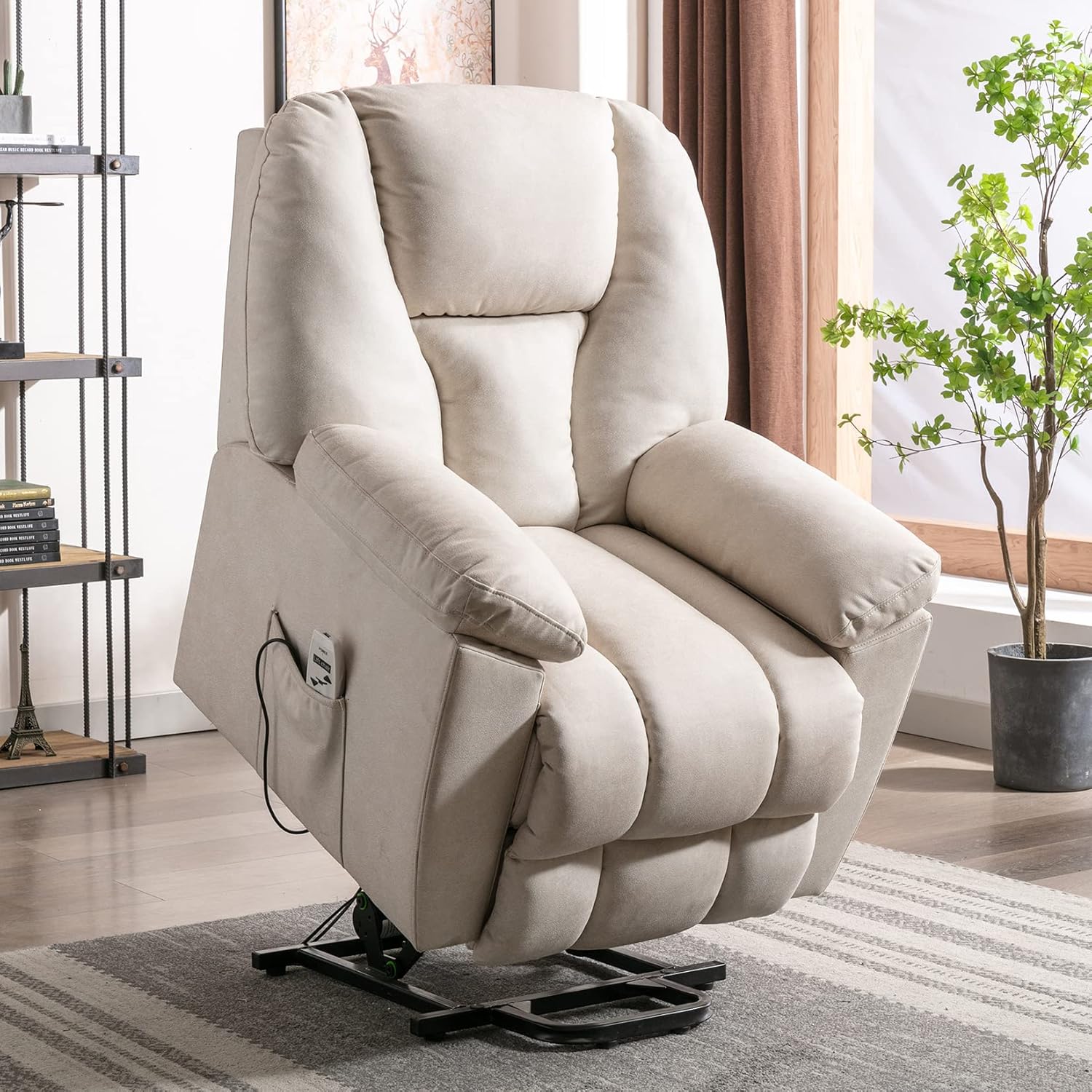Buying Guide and Considerations: Wall Hugger Lift Chair With Heat And Massage

Selecting a wall hugger lift chair with heat and massage requires careful consideration of several key factors to ensure a comfortable, safe, and functional addition to your home. The right chair will significantly improve mobility and relaxation, but a poorly chosen one can be both inconvenient and frustrating. This buying guide aims to illuminate the crucial aspects of the purchasing process.
Chair Dimensions and Weight Capacity, Wall hugger lift chair with heat and massage
Determining the appropriate size and weight capacity is paramount. Measure the space where the chair will be placed, accounting for clearance needed for the lift mechanism and comfortable access. Weight capacity should comfortably exceed the user’s weight, allowing for additional clothing and potential accessories. Consider the chair’s overall dimensions, including seat depth, width, and height, to ensure a proper fit for the individual’s body type and comfort preferences. For example, a user weighing 250 pounds should select a chair with a minimum weight capacity of 300 pounds to provide a safety margin. Incorrect sizing can lead to discomfort, instability, and potential damage to the chair.
Massage Function Comparison
Wall hugger lift chairs offer a variety of massage functions designed to provide therapeutic benefits and relaxation. Common types include rolling, tapping, kneading, and shiatsu massage. Rolling massage uses rotating massage heads to stimulate muscles and improve circulation. Tapping massage provides a percussive effect, relieving muscle tension. Kneading massage mimics the action of human hands, working deep into muscle tissue. Shiatsu massage utilizes targeted pressure points for relaxation and pain relief. Consider the intensity and type of massage that best suits the user’s needs and preferences. Some models offer customizable settings for speed, intensity, and massage area.
Installation Process and Potential Difficulties
While many lift chairs are designed for relatively easy self-assembly, understanding the installation process beforehand is crucial. Most manufacturers provide detailed instructions, but potential difficulties might arise from factors such as uneven flooring, tight spaces, or the need to maneuver the chair around obstacles. Assess the accessibility of the installation location and consider professional assistance if needed, particularly if the user has limited mobility or if the space presents significant challenges. For instance, navigating a narrow doorway with a bulky chair might require additional help or specialized techniques. Checking the chair’s weight and dimensions against doorway and hallway widths is vital to prevent unforeseen problems.
